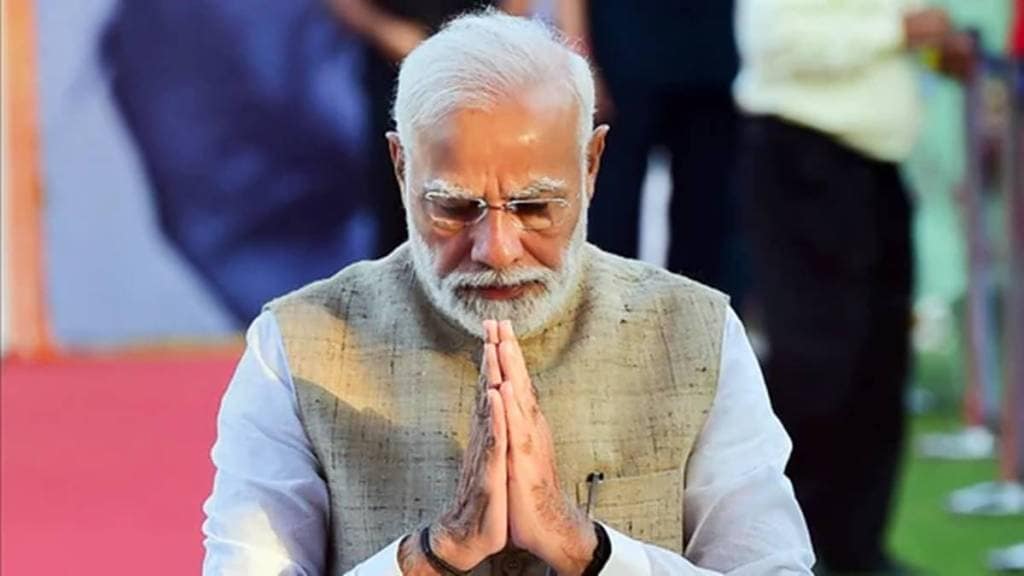The Narendra Modi-led government coming back to power for the third time, although without a full majority and supported by key allies, shows that policy continuity will be the order of the day in the Modi 3.0 dispensation. Tanvee Gupta Jain, Chief India Economist, UBS, said, “India’s general election outcome has ensured political stability, which should help maintain policy continuity. However, we see risks of a populist bias in the third term, particularly aimed at the lower-income strata, potentially delaying tougher economic reforms. The apparent dichotomy between resilient GDP growth and below-trend household consumption post-pandemic highlights the need for a broad-based capex recovery.”
Another positive that India looked at was the allocation of portfolios to the Union ministers yesterday, which saw only slight changes with key portfolios remaining with the Modi 2.0 ministers. The allocation also indicated that the Modi government might not be as susceptible to pressure from allies as many expected. It was earlier expected that the BJP’s allies would try and corner core ministries which would result in PM Modi’s agenda of economic growth suffering a drastic change of a slowdown.
A report published by UBS stated that the political outcome after the Lok Sabha elections suggested weak sentiment at the lower end of the income pyramid. “India is seeing a K-shaped consumption recovery with affluent/premium segment demand seemingly doing well, and demand for entry-level and mass-market goods has remained muted post the pandemic. This suggests that those at the lower end of the income pyramid, that were perhaps the most affected due to the pandemic, have still not seen their incomes recover to the level to regain their ability to spend,” the report stated, adding that limited fiscal support for vulnerable sections of society and weather anomalies affecting rural income have further amplified the gap.
What will be the policy focus for Modi 3.0?
With the new government in place, UBS pointed out at some of the key areas for policy reforms by Modi 3.0, which will bear watching:
1) The first would be the announcement of the upcoming union budget. “Our base case is for the government to stick to a medium-term fiscal consolidation roadmap but with a populist bias,” UBS stated. The higher-than-expected RBI dividend transfer to the government would create fiscal leeway to increase populist spending to support consumption for lower income strata (cash transfers, higher rural spending, income tax rationalisation, affordable housing, etc.) while continuing its thrust to boost public capex.
2) Secondly, the country will be looking at the implementation of labour laws (the government has consolidated 29 central labour laws (out of 44 existing central laws) into four labour codes).
3) And lastly, tougher reforms to be pushed out as political capital is lower vis-à-vis 2019 and 2014 elections. UBS expects a government push towards supply-side reforms including boost to manufacturing, labour law implementation, skill development and creating employment opportunities (especially blue collar jobs in low-skilled labour-intensive manufacturing) amongst others. However, the report stated that implementation of tougher reforms including land reforms, a big boost to infrastructure spending, divestment, farm bills, Uniform Civil Code, One Nation One Elections, amongst others will be challenging.
Growth expected to surpass consensus
UBS continues to expect FY25 real GDP growth at 7 per cent YoY in comparison to consensus expectation of 6.8 per cent. “We continue to believe that the Indian economy is in a goldilocks phase with strong growth and manageable macro stability risks. We believe India is on track to achieve 6.5- 7 per cent YoY growth in the medium-term,” the report stated.
Since the pandemic, the recovery in India’s capex cycle has been largely supported by government capex and strong demand for residential real estate which is expected to continue this year as well. “In our baseline, we expect corporate capex recovery to gain momentum post elections, but only to be reflected in data from FY26 onwards (and corporate commentary and guidance is yet to show an upturn). We expect household consumption growth to recover towards 5 per cent YoY in FY25 (vs 4 per cent YoY last year) but to remain below trend,” the report stated. While the urban mass-market demand will likely remain modest, per the UBS report, the premium/affluent segment will continue to do well and rural consumption will recover as well. Lastly, exports are expected to improve marginally inmFY25 on recovery in global goods import volume and pick-up in service exports, said UBS.
Inflation to ease in FY25
UBS expects the headline CPI inflation to soften well below 4 per cent in the September 2024 quarter on a gradual easing in food prices, comfortable core inflation (partly on muted consumption growth) and statistical base effect before moving towards 4.5 per cent in 2H FY25.
“While our FY25 real GDP growth forecast remains at 7 per cent YoY, we expect headline CPI inflation to ease below 4 per cent by September 2024. Despite India’s strong macroeconomic position, we do not anticipate any rate cuts in CY24. The government is likely to stick to its fiscal consolidation path, aiming to reduce the fiscal deficit to below 4.5 per cent of GDP by FY26,” said Tanvee Gupta Jain.
Going forward, the report by UBS stated that India is expected to be able to maintain a potential growth of 6.5-7 per cent YoY between FY26- FY30. “We believe India’s potential growth could benefit from digitalisation adoption, increased services exports and manufacturing push,” it said.


